Lash Mapping: more than a lash syle
Creating beautiful lash sets isn’t just about fullness or drama—it’s about precision, customization, and a deep understanding of your client’s unique eye features. That’s where lash mapping becomes your most powerful tool. A lash map starts before choosing a lash style. This is not just copying a cat-eye lash map—this is assessing the client’s eyes, eye orientation, lash orientation, and brow-to-lid distance to determine the lash style that will enhance your client’s desired look.
In this blog, we’ll walk you through how to:
- Assess your client’s eye shape and bone structure
- Consider the eyelid-to-brow distance and how it affects perceived lash length
- Understand natural lash orientation and how it impacts curl selection
- Break down the mapping process step-by-step to create safe, flattering, and symmetrical sets
- Customize curl and length for a natural look or a dramatic transformation
Whether you're working with almond eyes, hooded lids, or downturned corners, this guide will help you build lash maps that are not only beautiful—but built to last. Not sure what eye shape your client has? Read our blog on eye shapes.
Eyelid-to-Brow Distance (How Long Will Look Long)
The space between the opened eyelid and the brow changes how a length reads on the face. A 14 mm on a short eyelid-to-brow distance will look much longer than the same 14 mm on a taller distance.
Consultation guardrails
- If the client has a narrow distance, avoid lengths that approach or touch the brows.
- If the client has a taller distance, you can go longer—only if their natural lashes can safely carry the weight.
- Remember: perceived length is a facial-proportion decision as much as it is a lash-health decision.

Natural Lash Orientation (Pick the Curl to Solve Direction)

Map choice and curl should follow the orientation of the client’s naturals:
- Downward naturals need lift—stronger curls help the set read open.
- Straight naturals can take a range; choose the curl to match the styling goal.
- Curly / Upward naturals already have lift; overly strong curls can look too round.
A D curl on naturally curly lashes will look curlier than a D on downward-pointing lashes. Start smart, then refine at the fill.
Practical starting points
- Curly naturals: Use a straighter curl to avoid over-rounding (e.g., C or J).
- Upturned naturals: C or CC keeps the line elegant without over-lifting.
- Straight naturals: CC, D, M, or L depending on how open or elongated you want the eye.
- Downturned naturals: Reach for D, DD, M, L, or U to counter droop (and consider shortening the last 1–2 zones).
Zone-by-zone tweak (easy win)
- Many clients have downturned inner/outer corners but straighter centers. Try CC in the inner zones, C/CC in the center, and D (or stronger) in the outer zones. Check the result in neutral gaze and adjust at the first fill.
Eyelash Mapping (What It Is & Why It Matters)
Lash mapping is the sketch you make on the eye pad to guide where each length (and curl) goes. Every style—Natural, Doll/Open, Kitten, Cat/Squirrel—uses a different map, and you’ll customize that map for each client.
Why map every set?
- Symmetry: Both eyes finish with the same shape and balance.
- Speed: Clear zones reduce guesswork during application.
- Styling on purpose: You’re sculpting, not just placing fibers.
- Repeatability: Notes/photos of your map make fills consistent.
You’re an artist—mapping is the blueprint that lets your artistry show up on purpose.
How to Prepare for Styling (Fast Setup)
- Pad & pen: Apply hydrogel pads and use a skin-safe mapping pen or fine-tip marker on the pad (not the skin).
- Divide the lash line: Mark Inner / Center / Outer thirds on each eye.
- Find the midline: With the client in neutral gaze, draw a vertical line through the pupil; optionally mark the iris edges—this anchors where the eye should read longest.
- Create zones: Subdivide into 7–8 small zones from inner to outer (1→8).
- Label targets: Assign lengths and curls per zone (e.g., “Z5–6 = 12 mm CC; Z7–8 = 11 mm D”).
- Mirror & sanity-check: Confirm the same zone breaks and targets on both eyes.
- Document: Snap a quick photo and record the formula (lengths/curls/diameters/fans) for easy recreations.

Symmetry & Consistency Checklist
- The finished shape reads the same on both eyes.
- Lengths and curls match zone-for-zone, left to right.
- Volume/weight is consistent and safe for the client’s naturals.
- The outer 1–2 zones are either shortened or boosted in curl (to avoid droop).
- A map is used at every appointment—new sets and fills.
Putting It All Together (Your Decision Recipe)
- Eye shape (what illusion do we want—more open, more elongated?).
- Eyelid-to-brow distance (how long will look long on this face?).
- Natural lash orientation (which curl solves direction?).
- Map the zones.
Follow this order and you’ll consistently choose curl + length that flatter the client and protect their natural lashes.

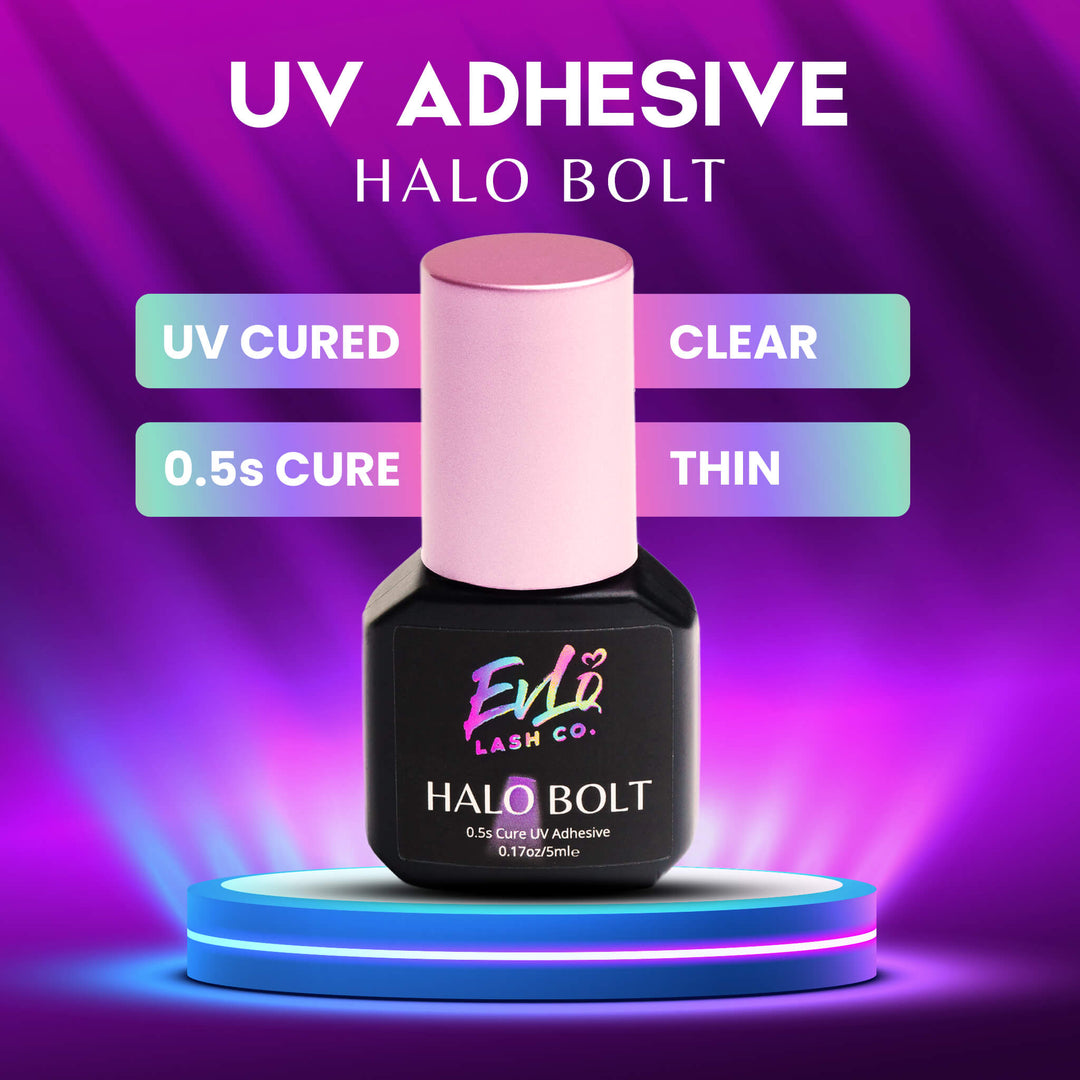

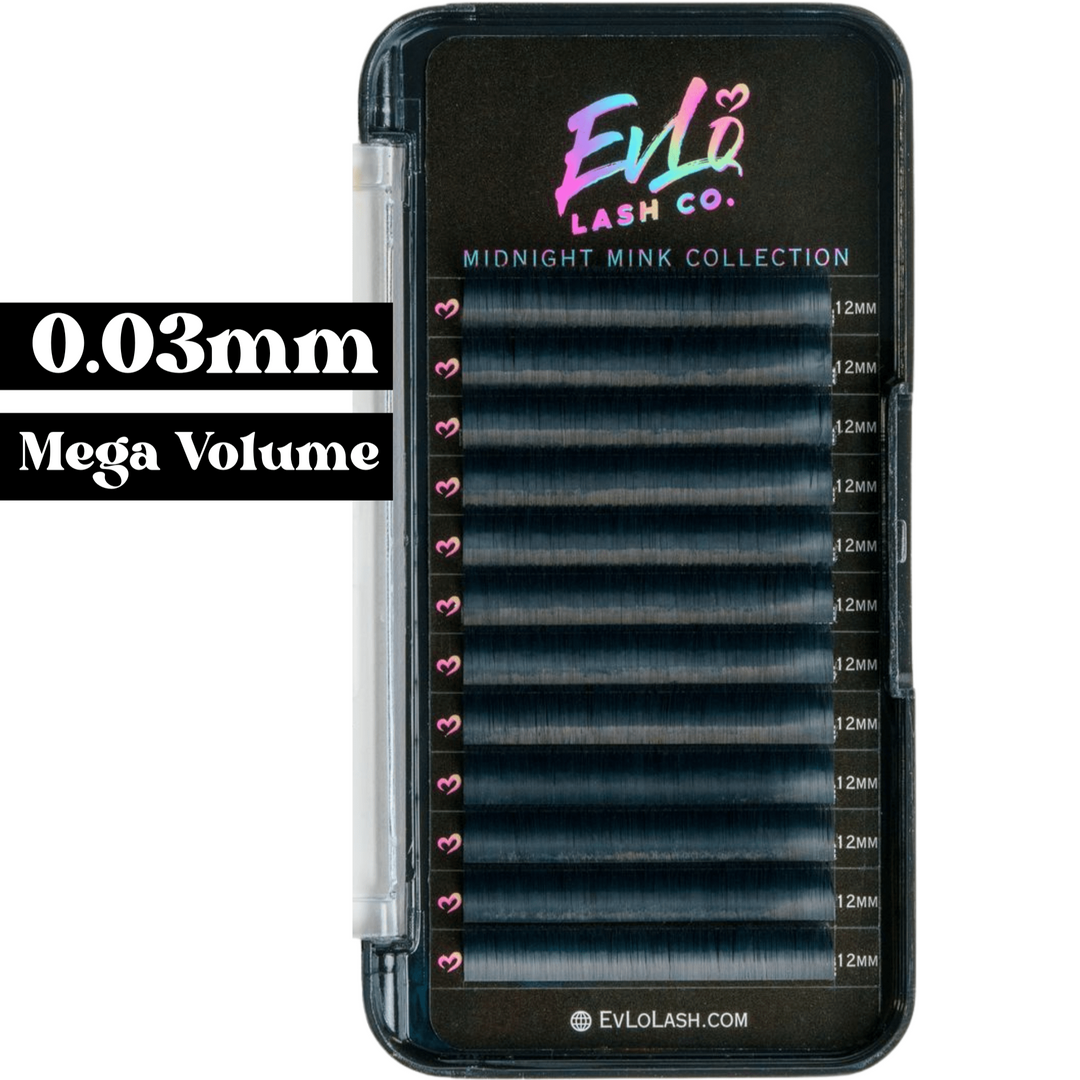
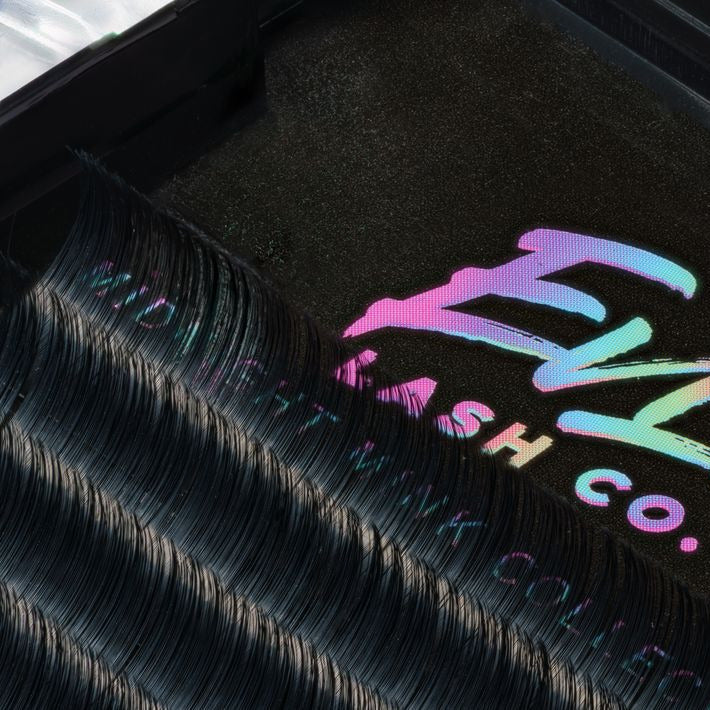
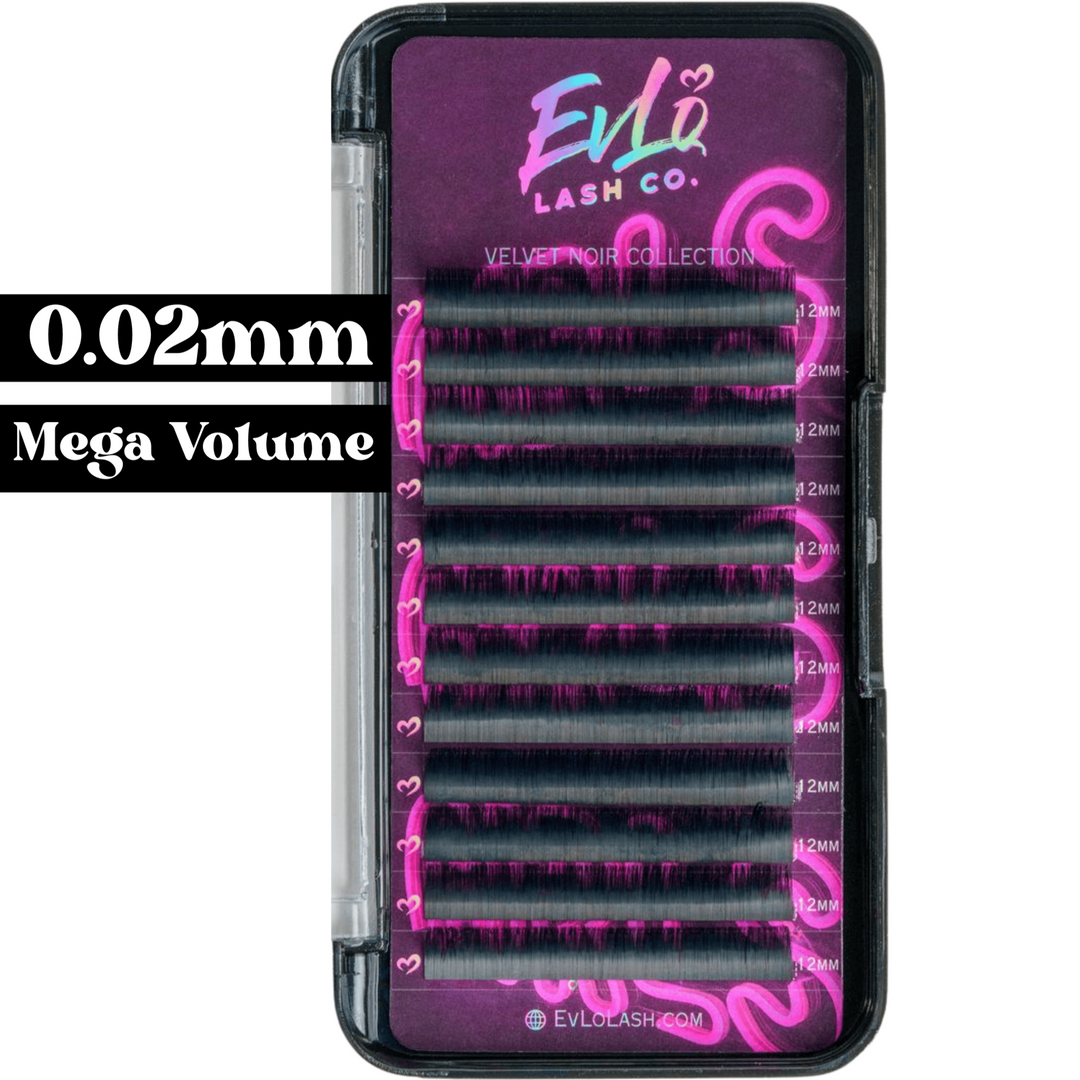


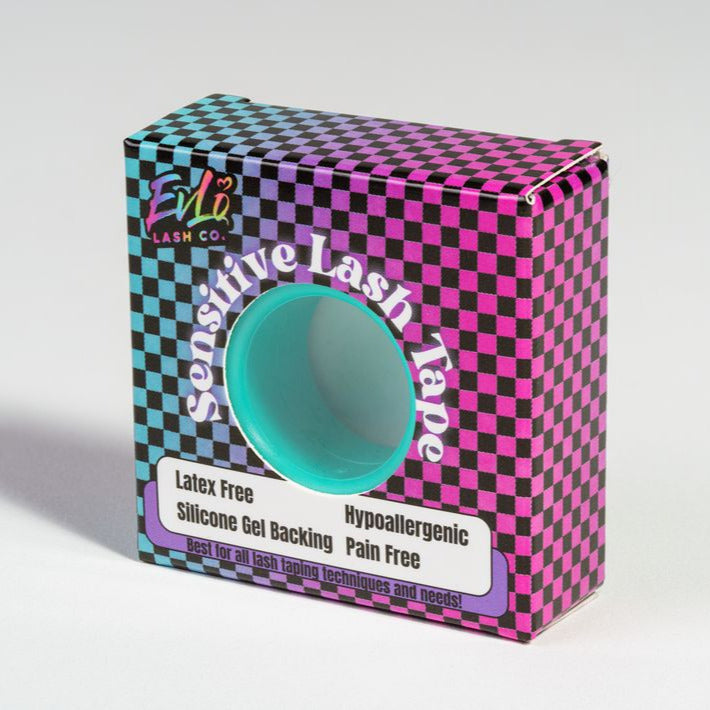



Leave a comment